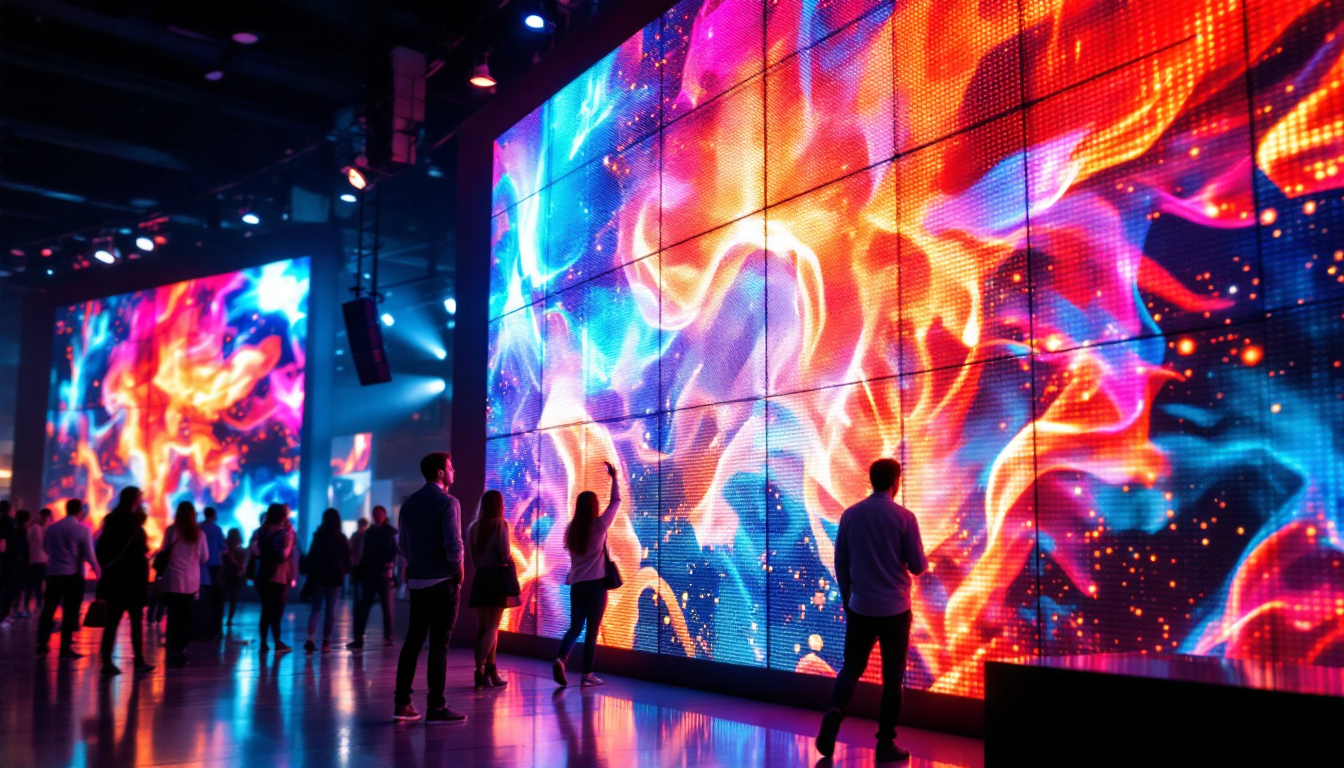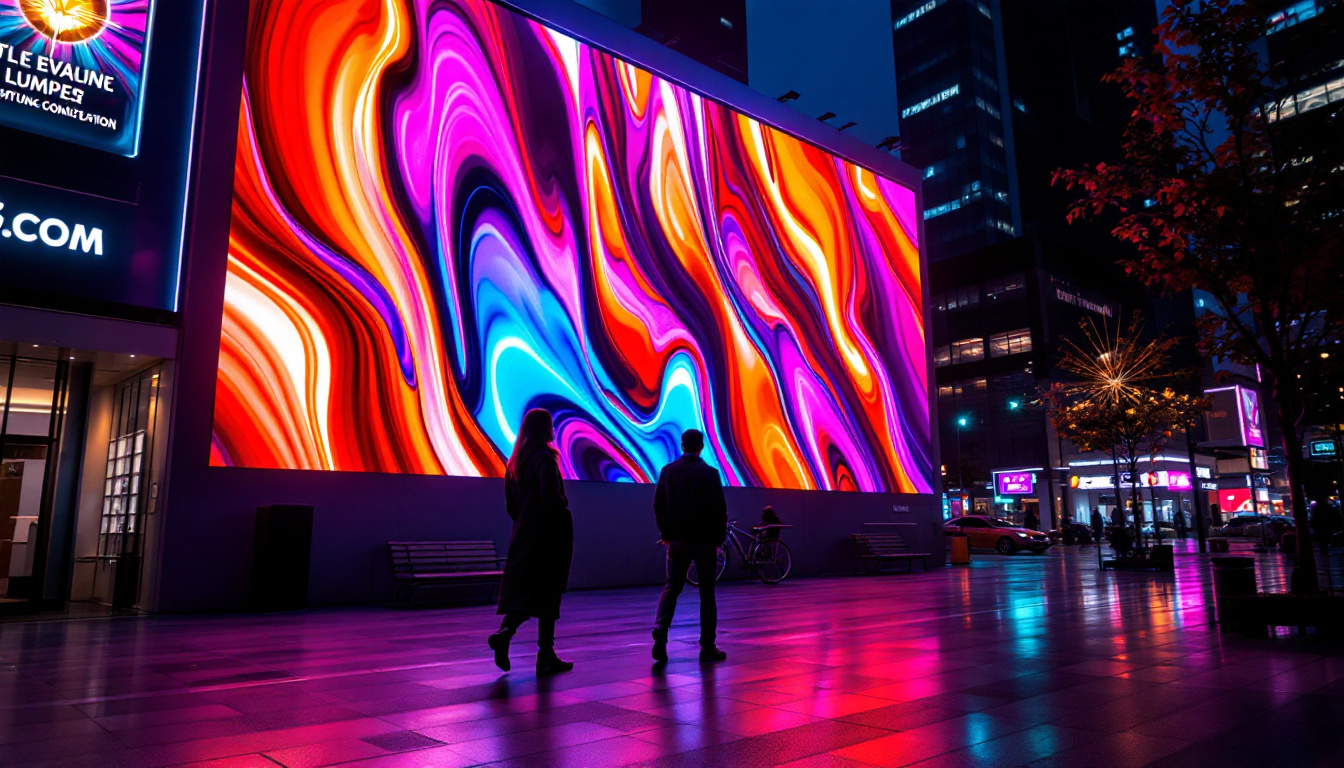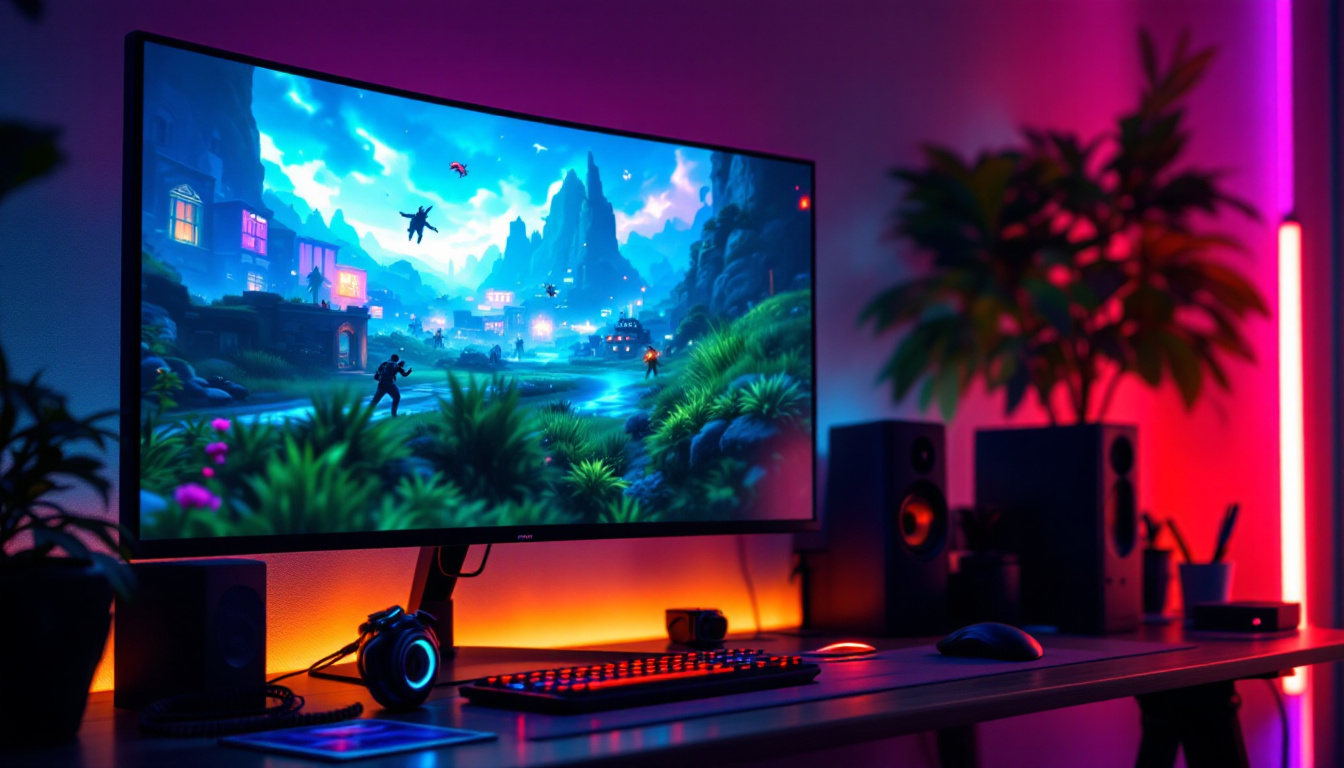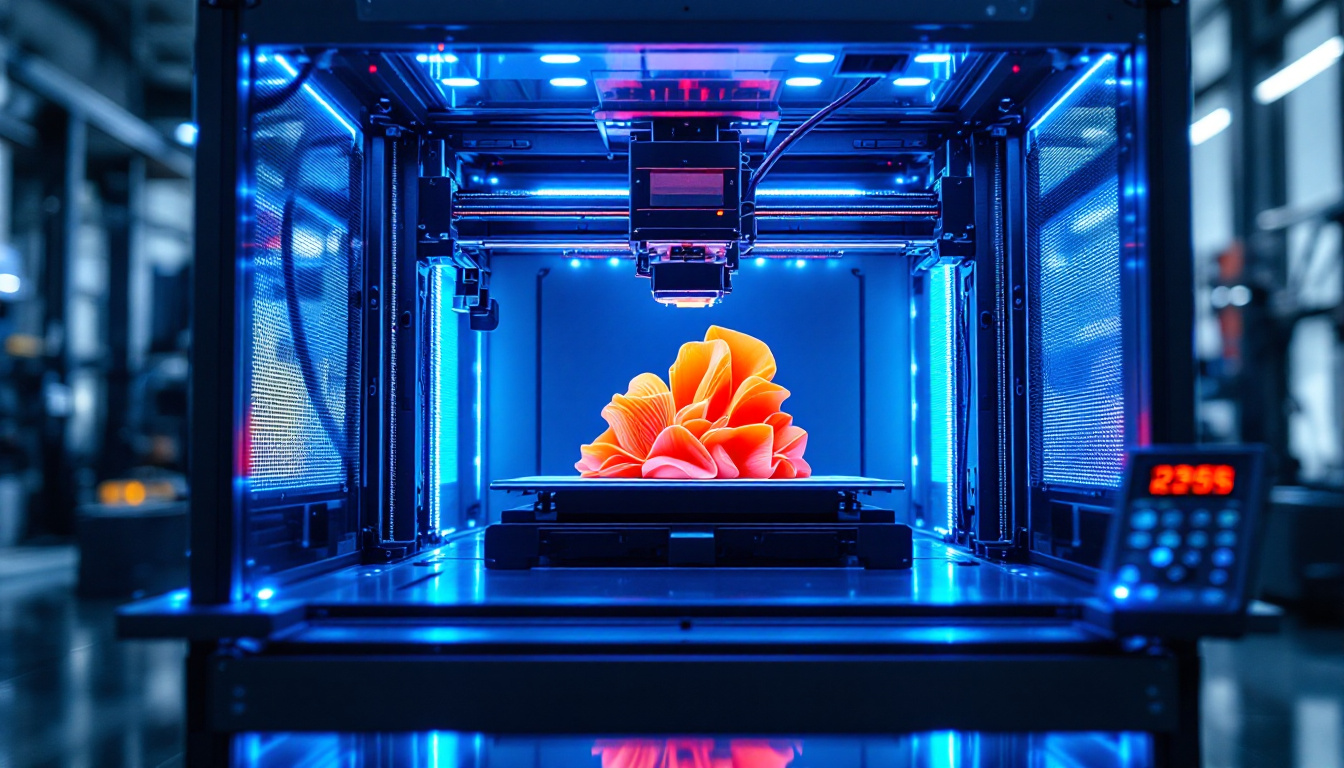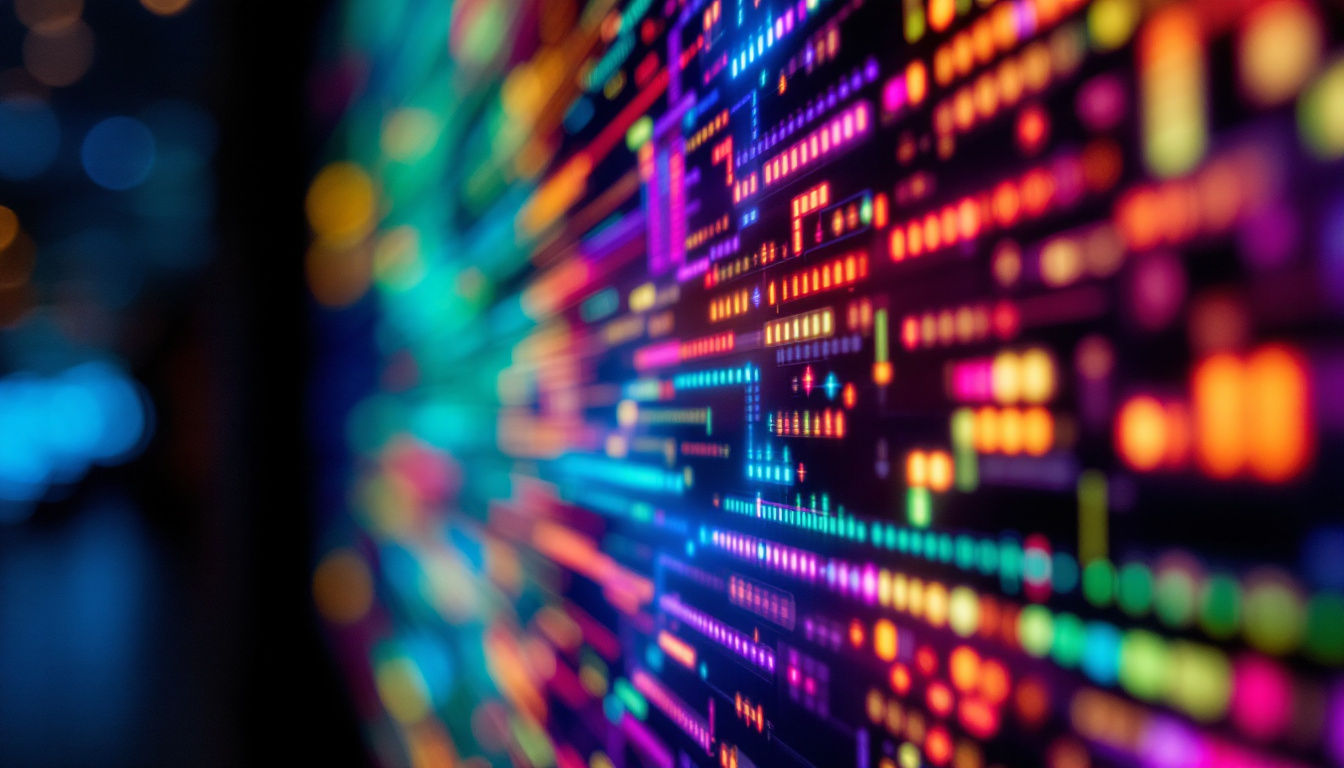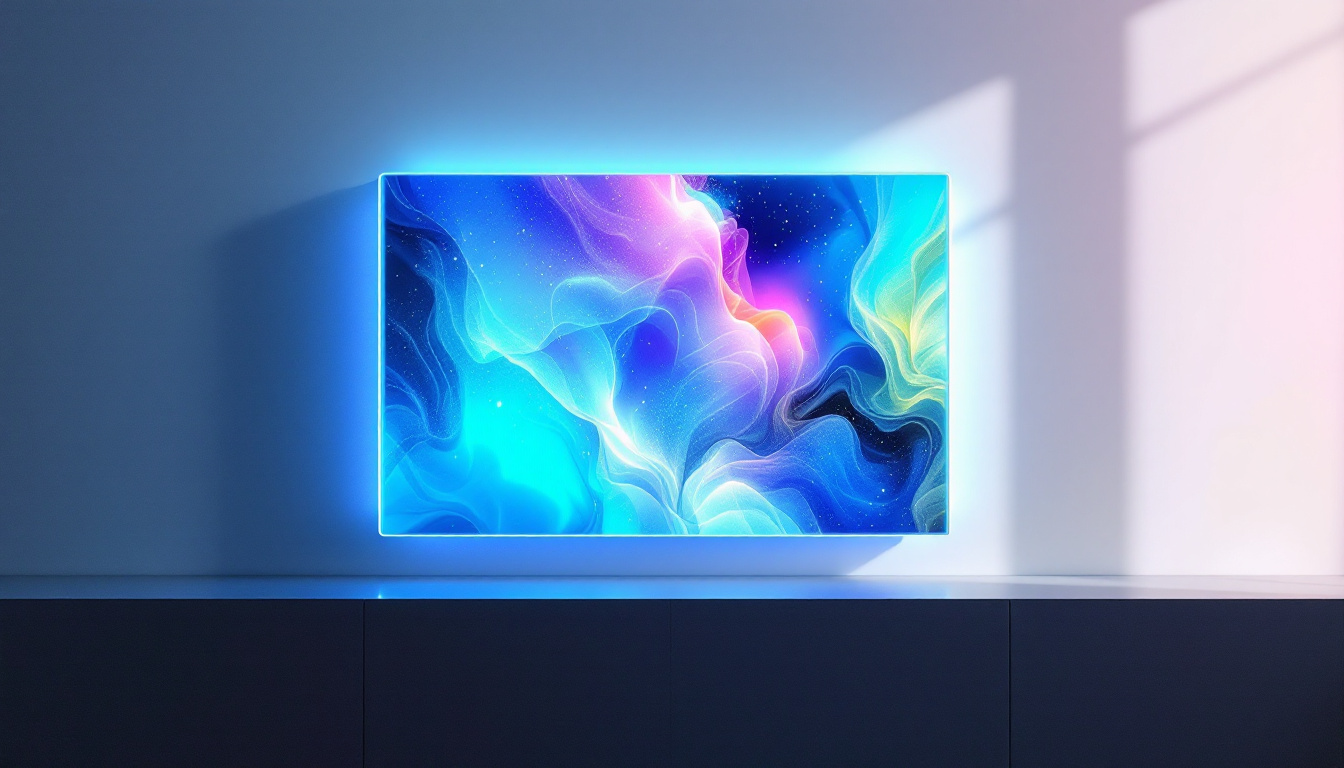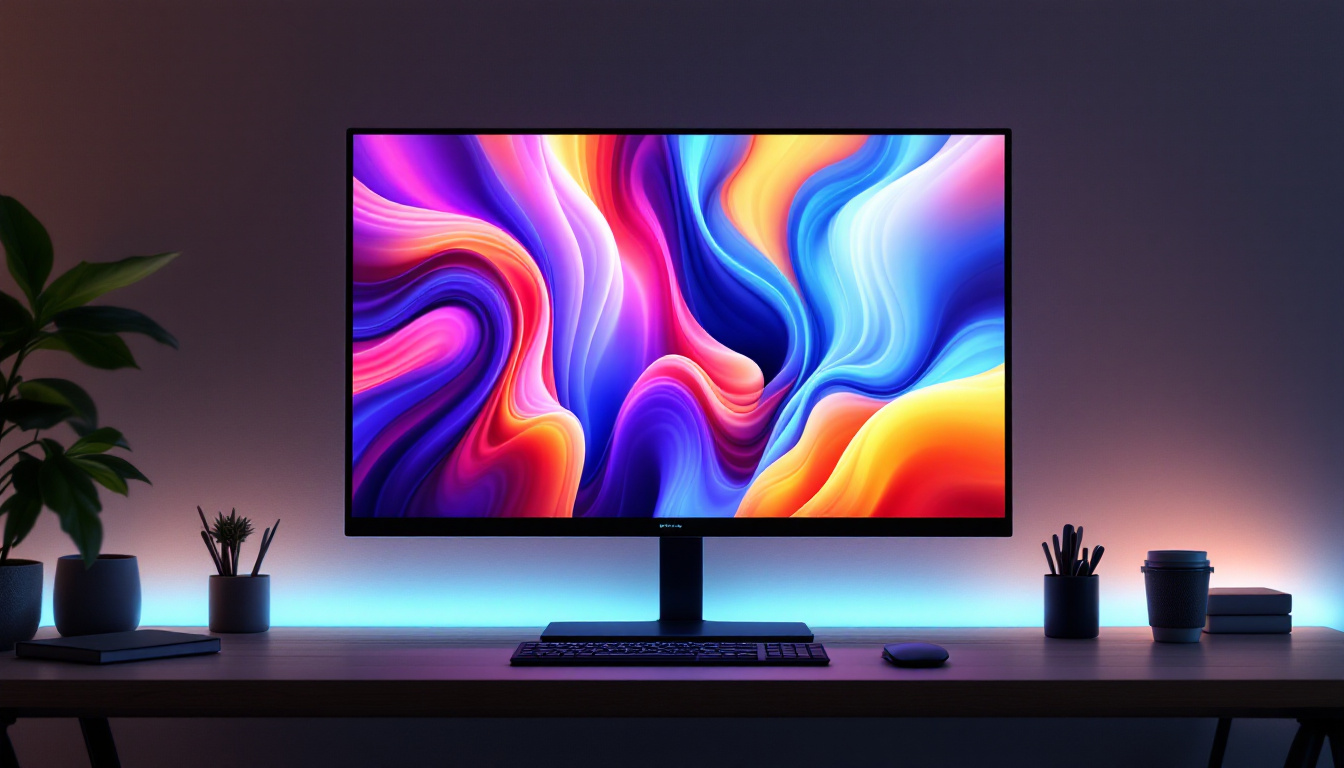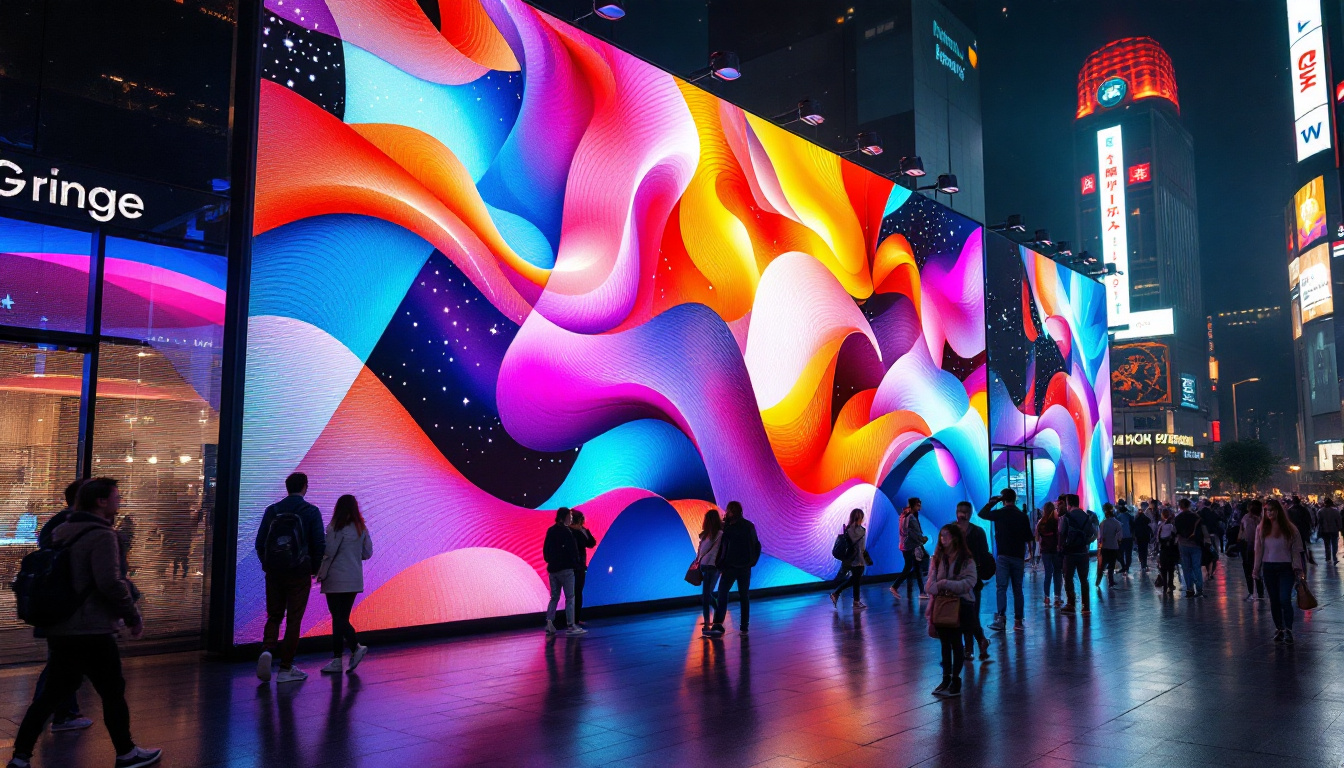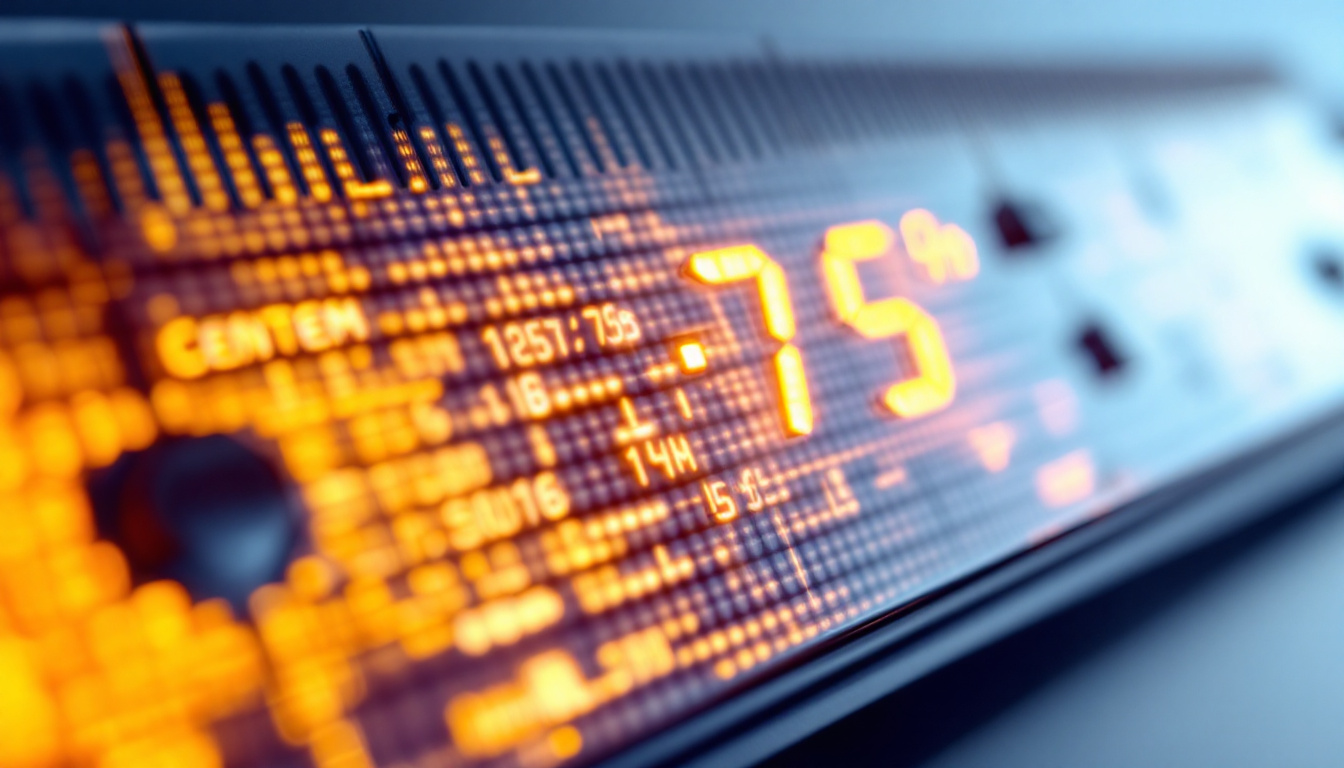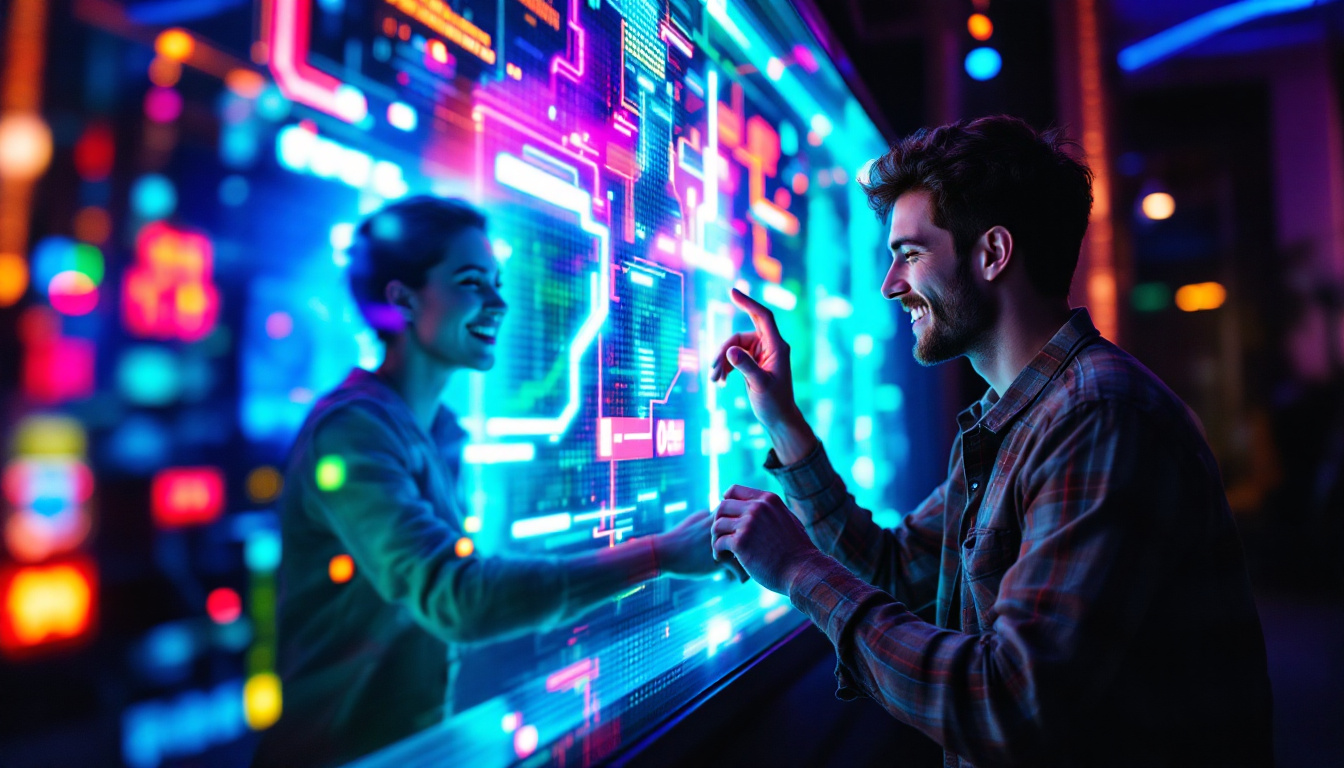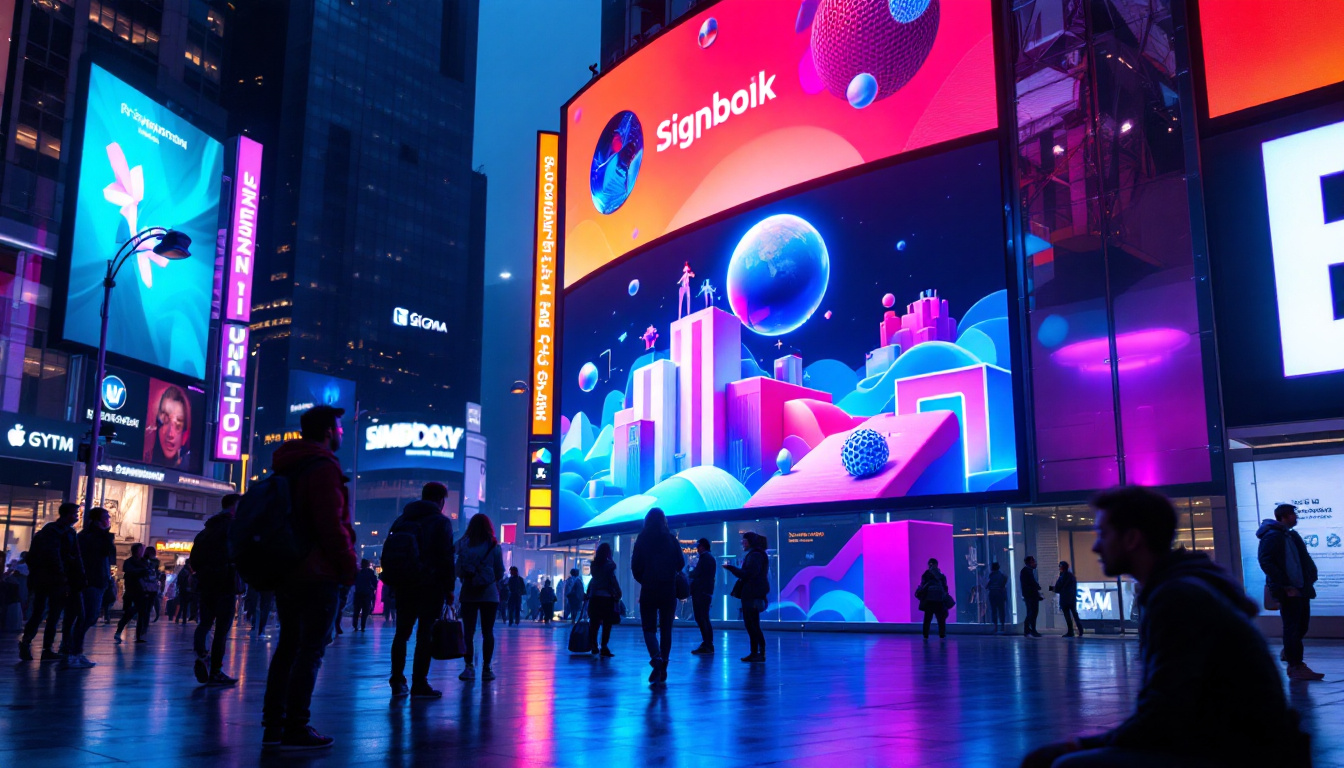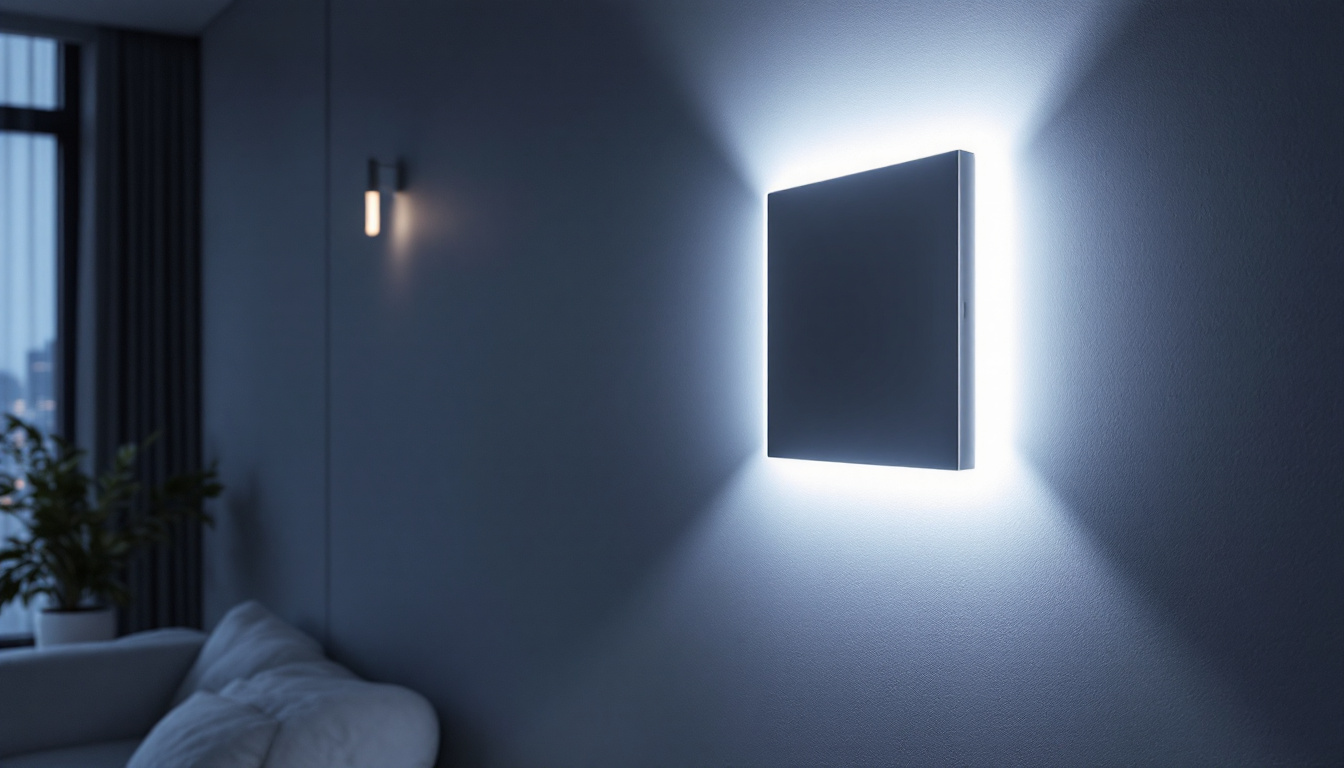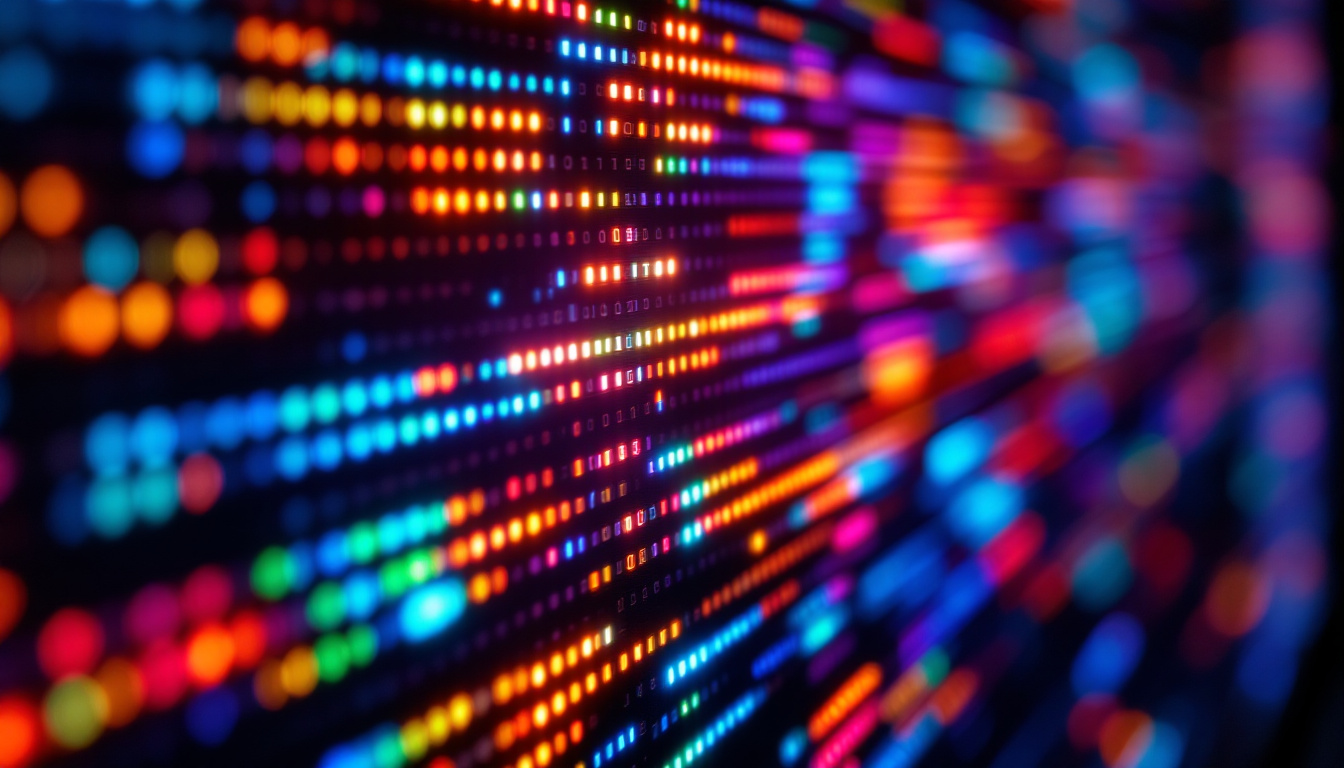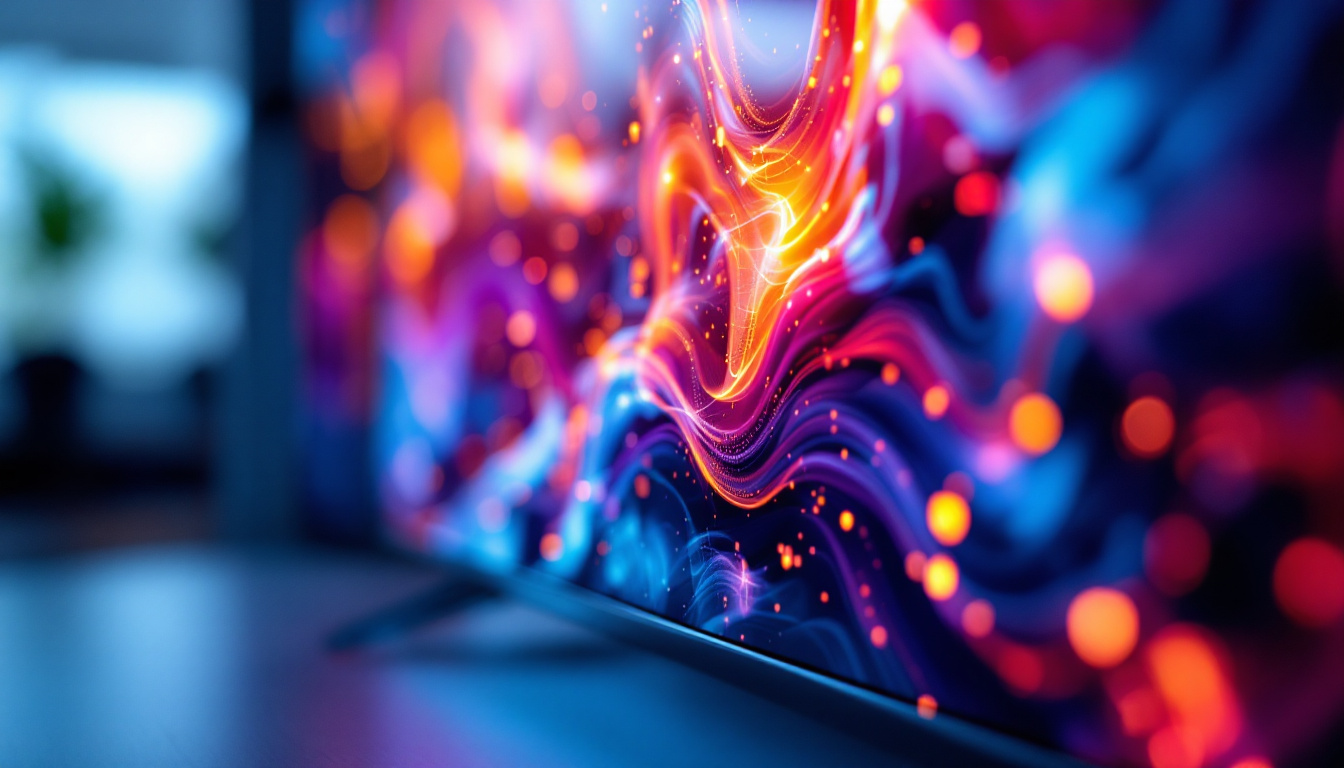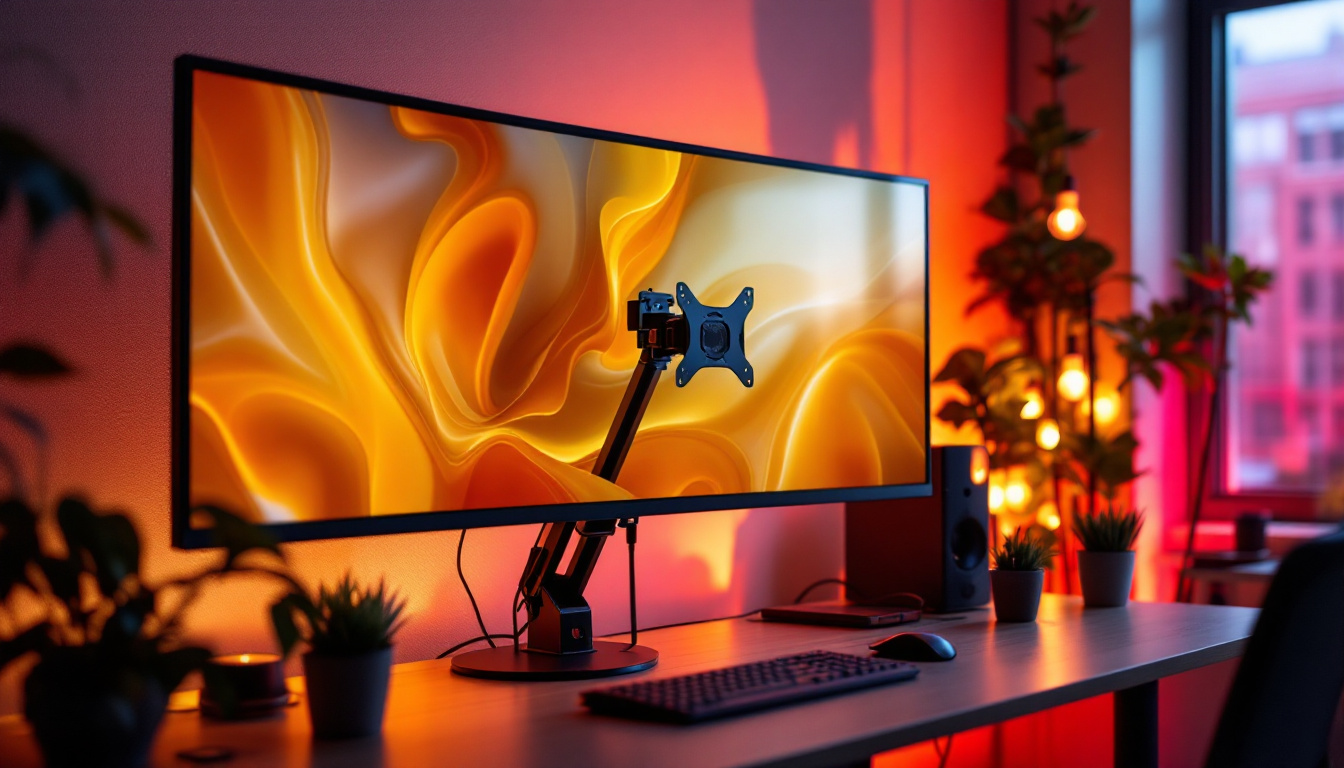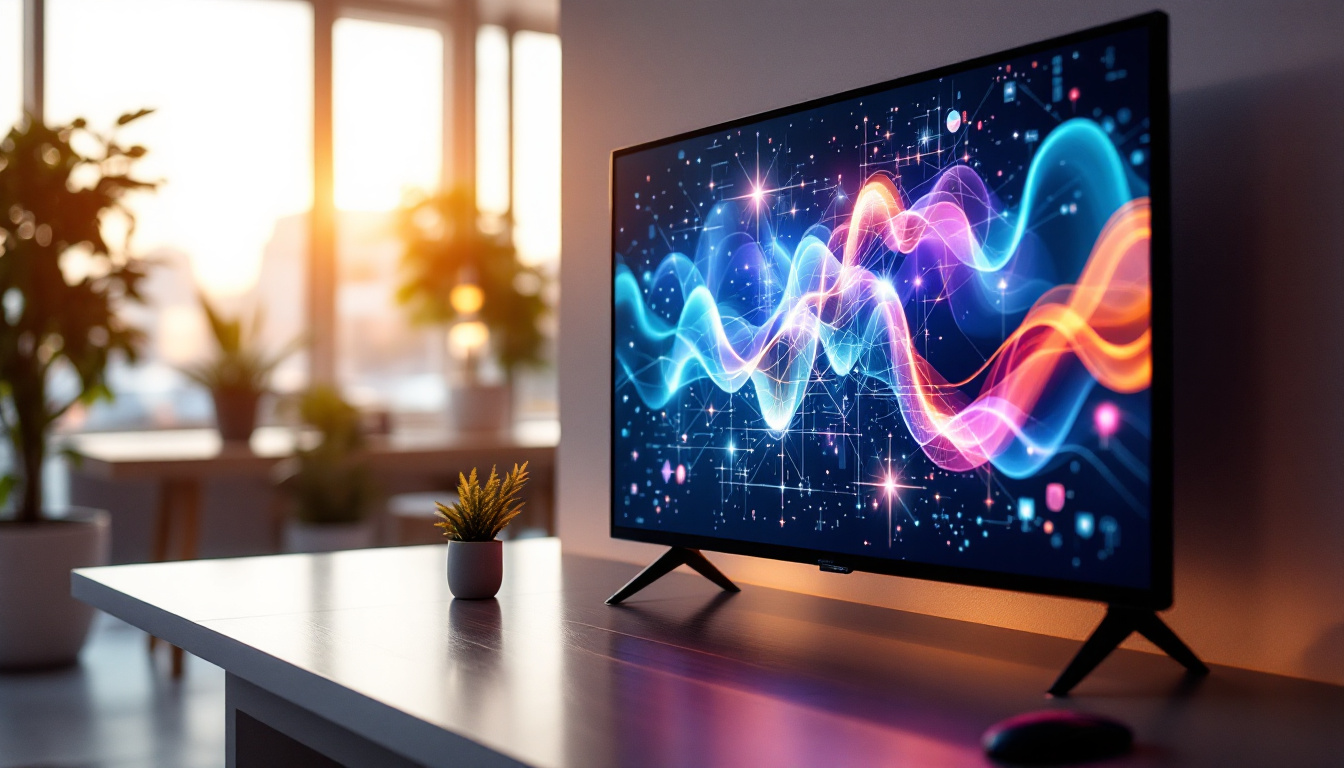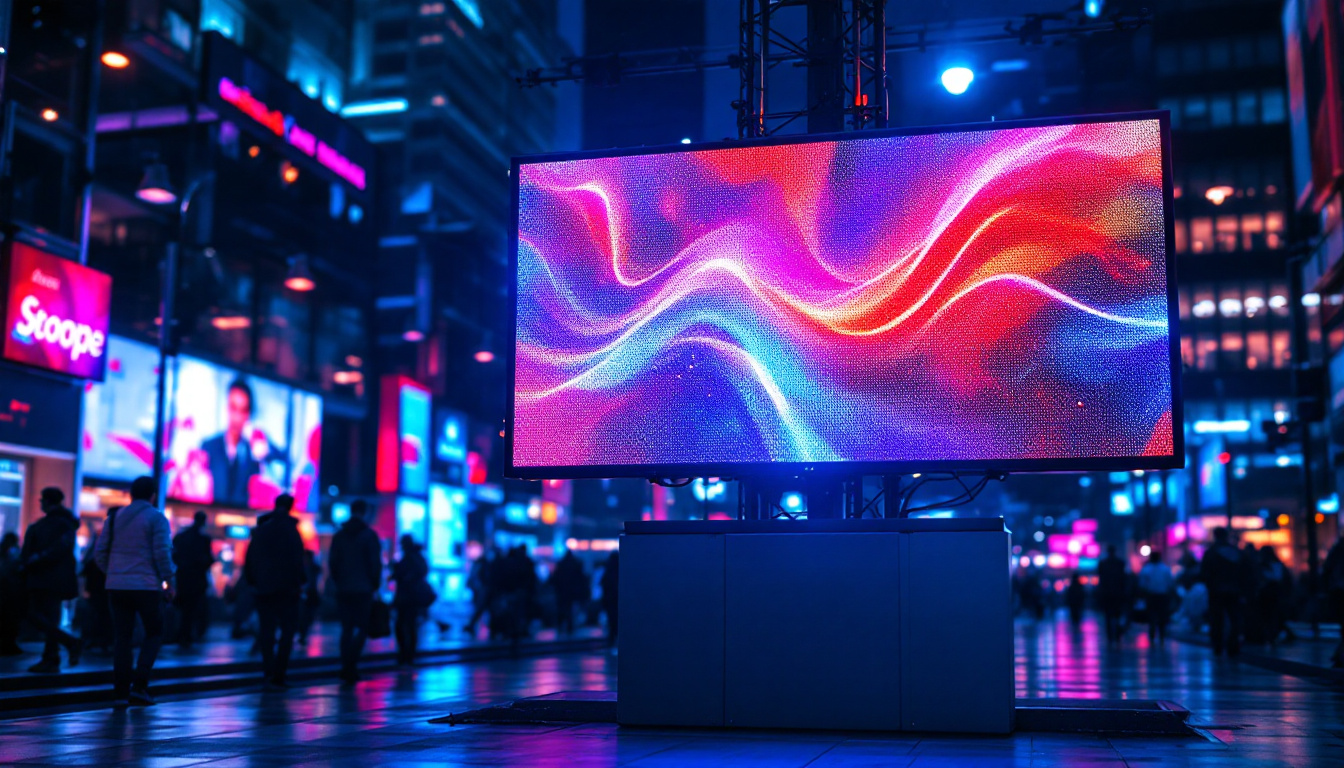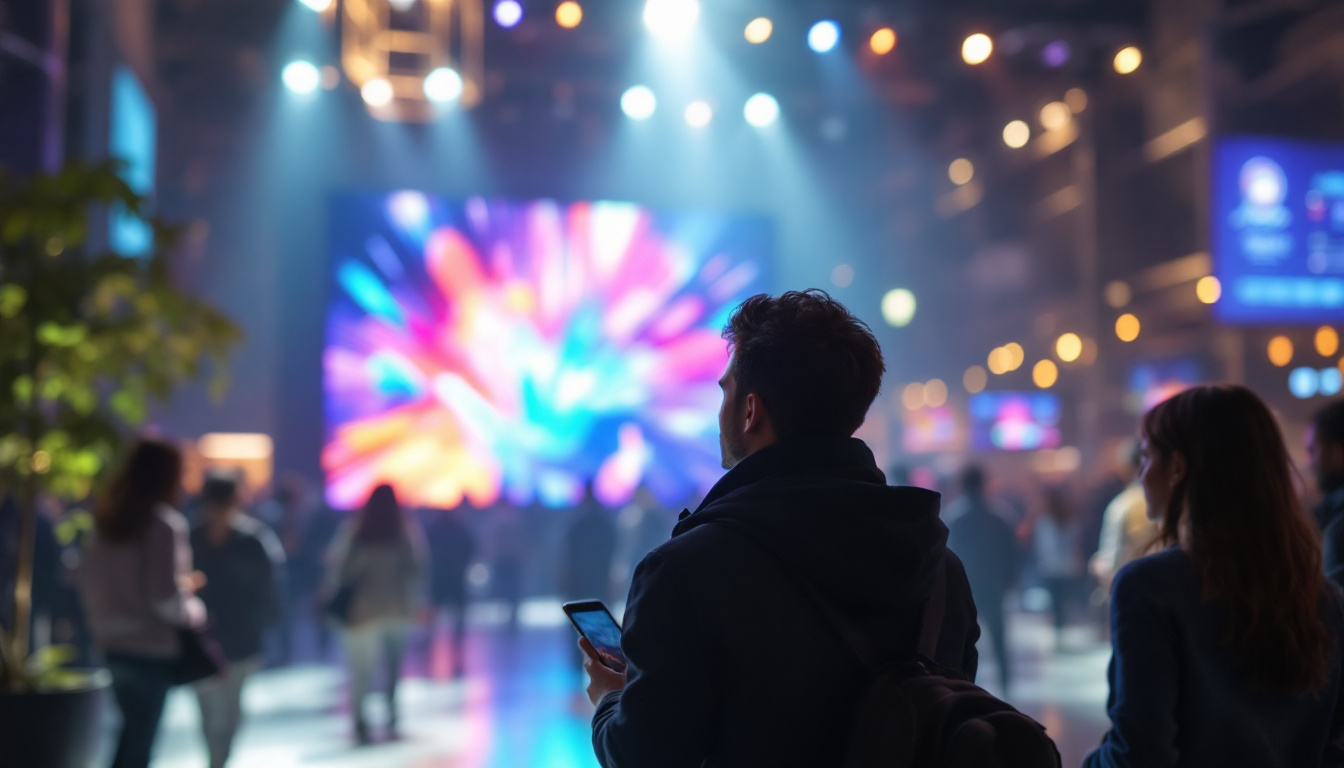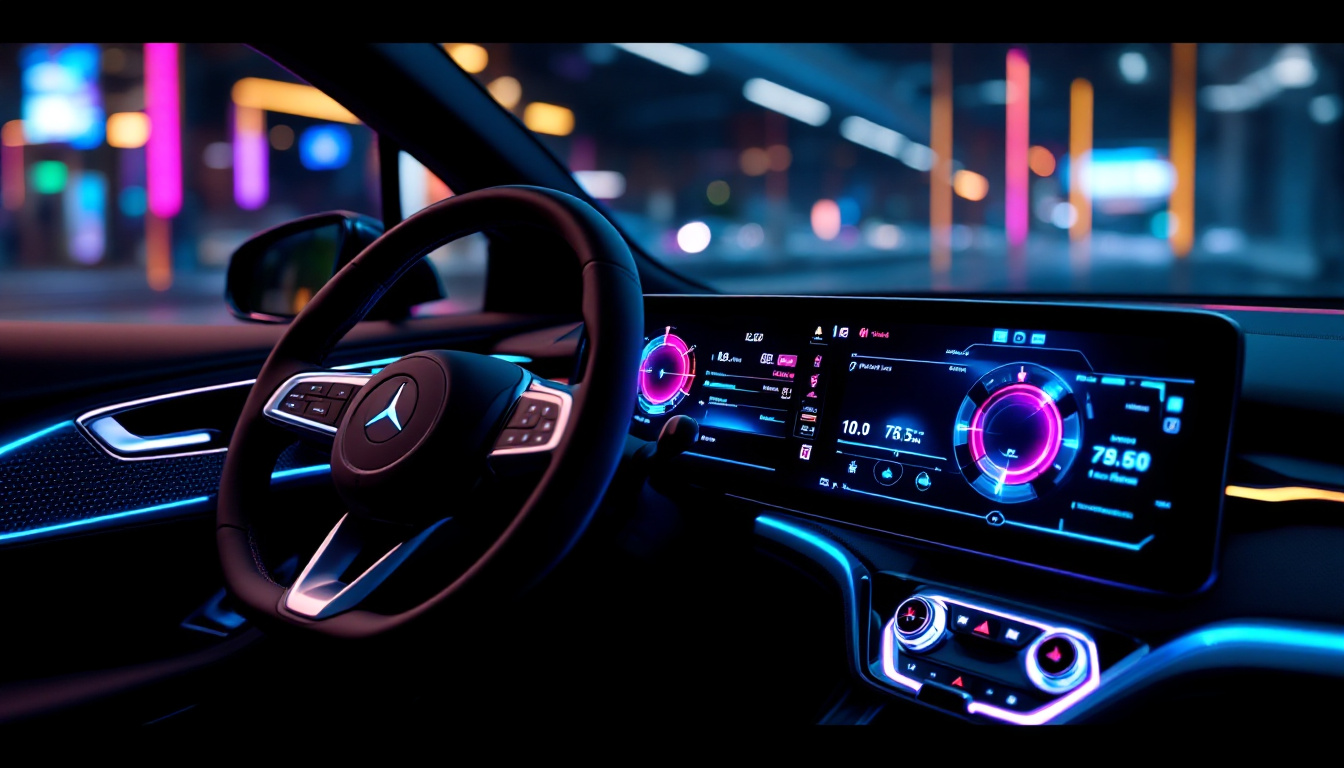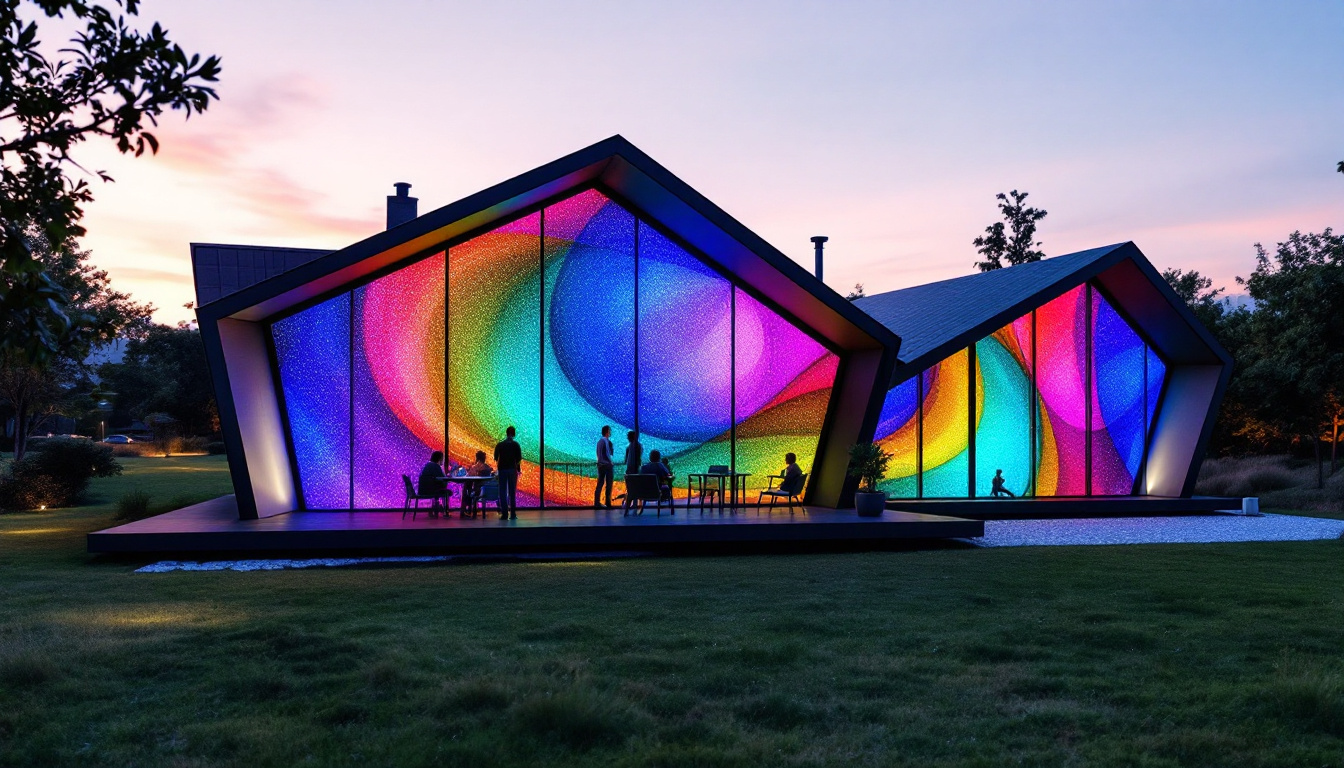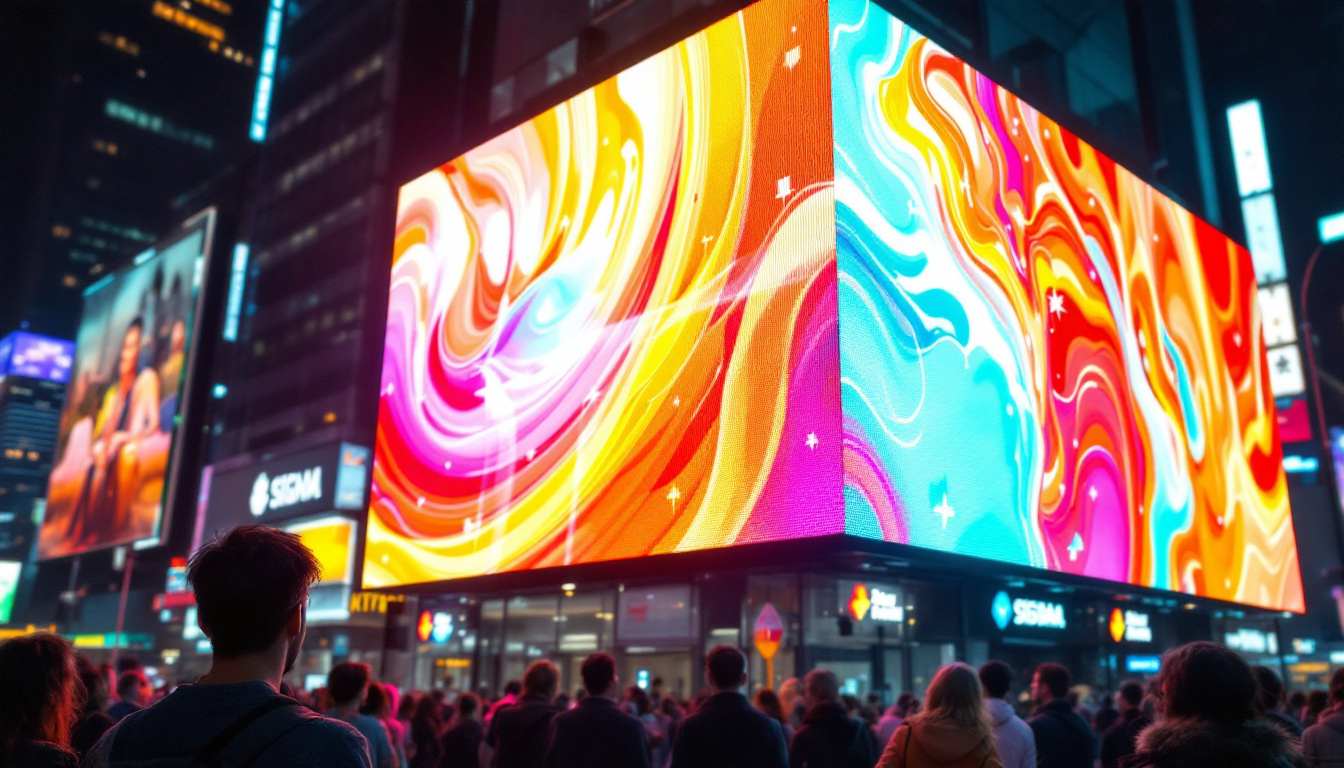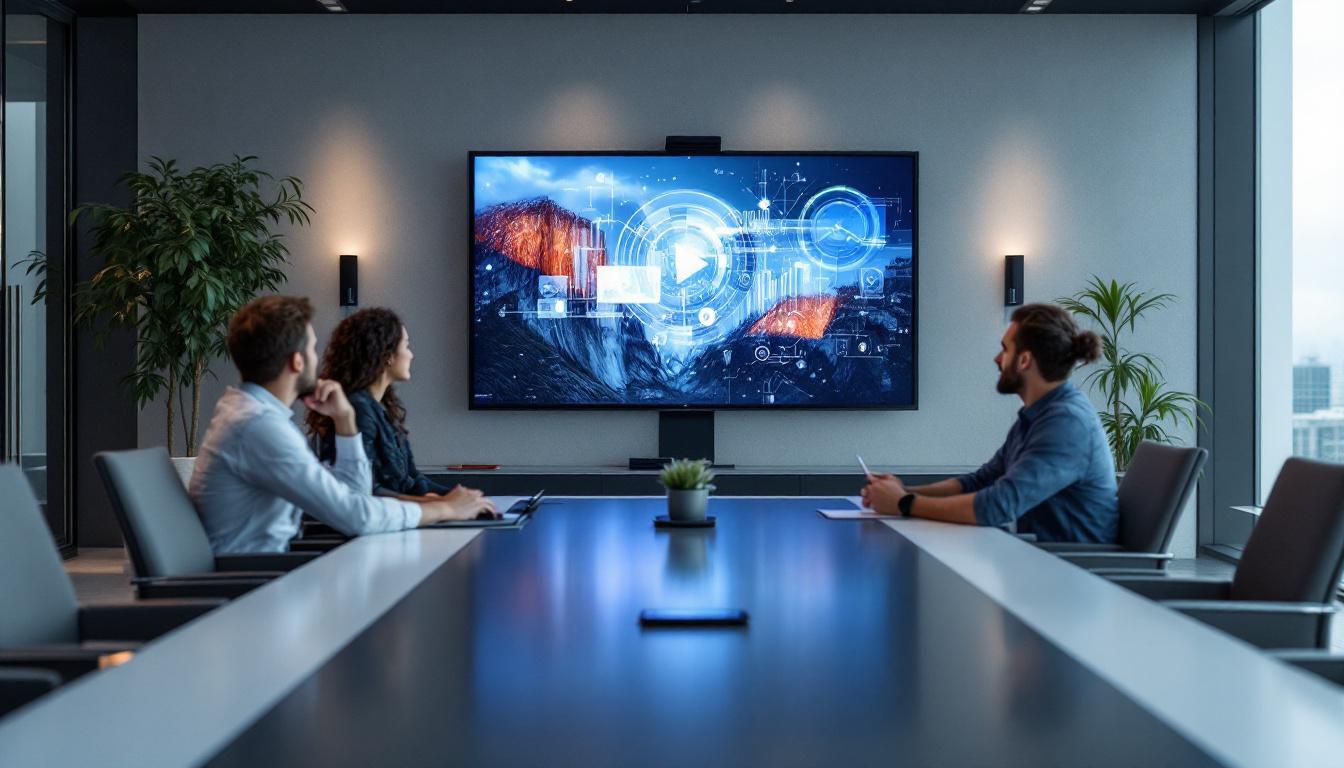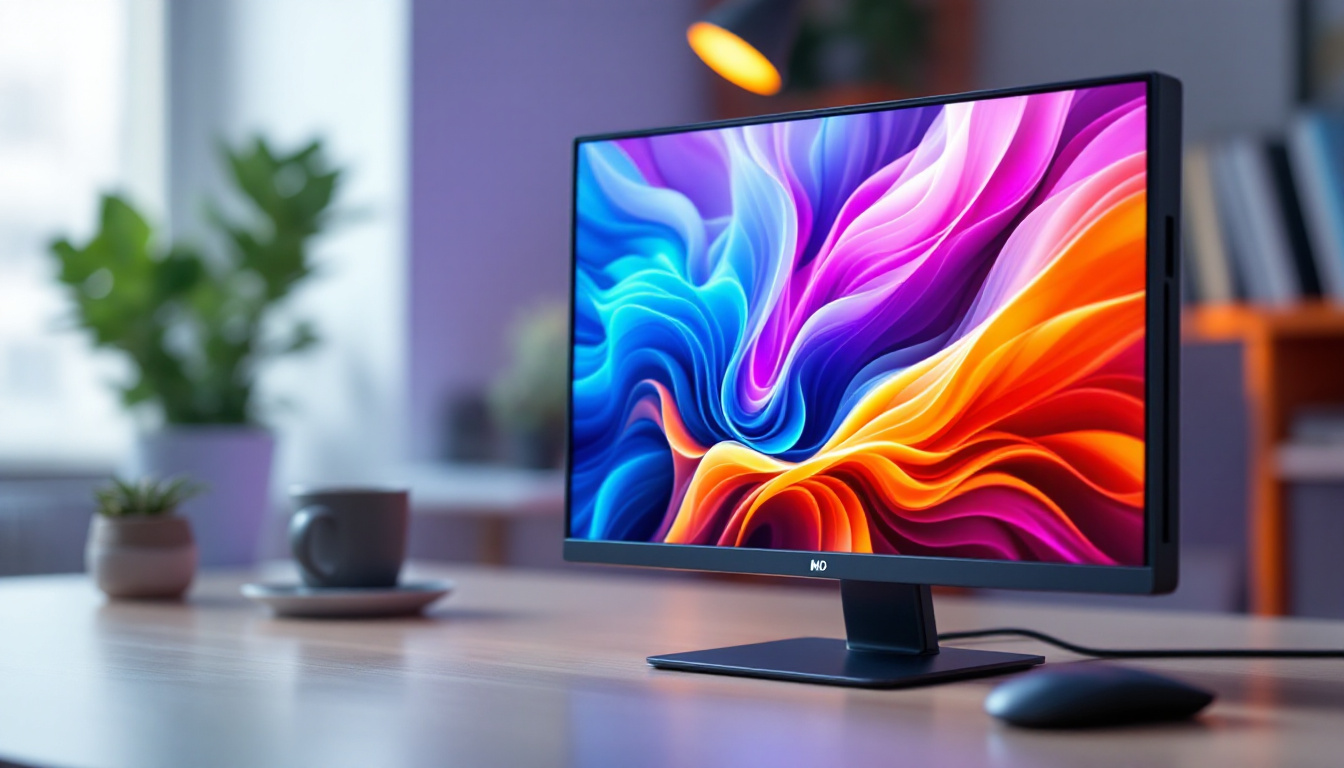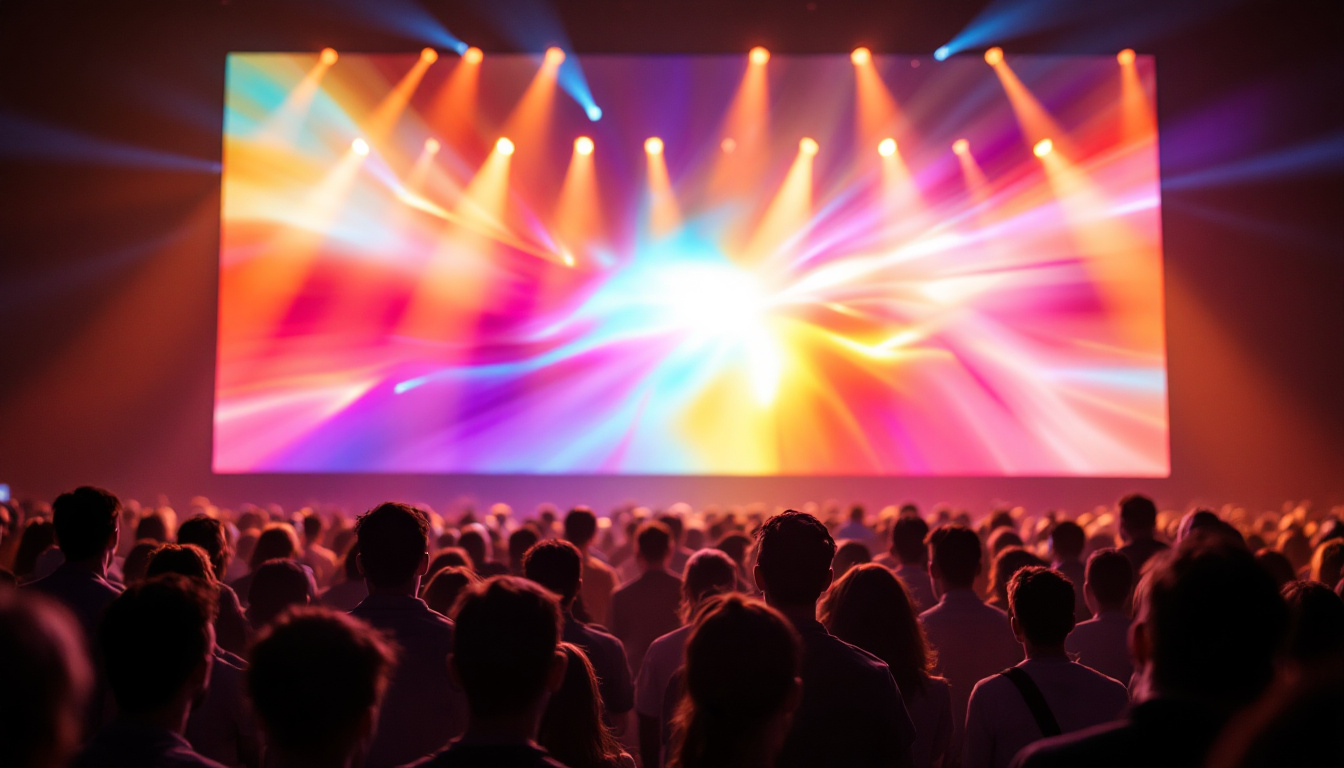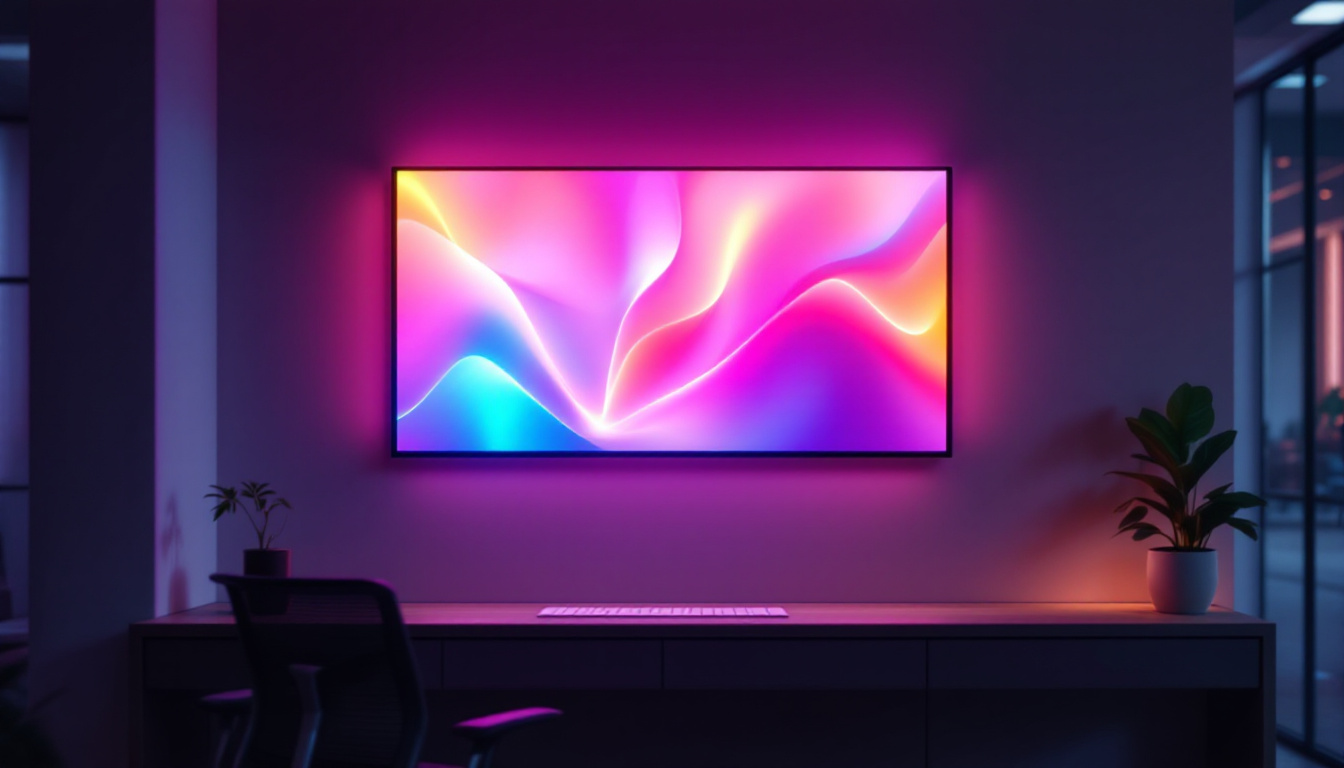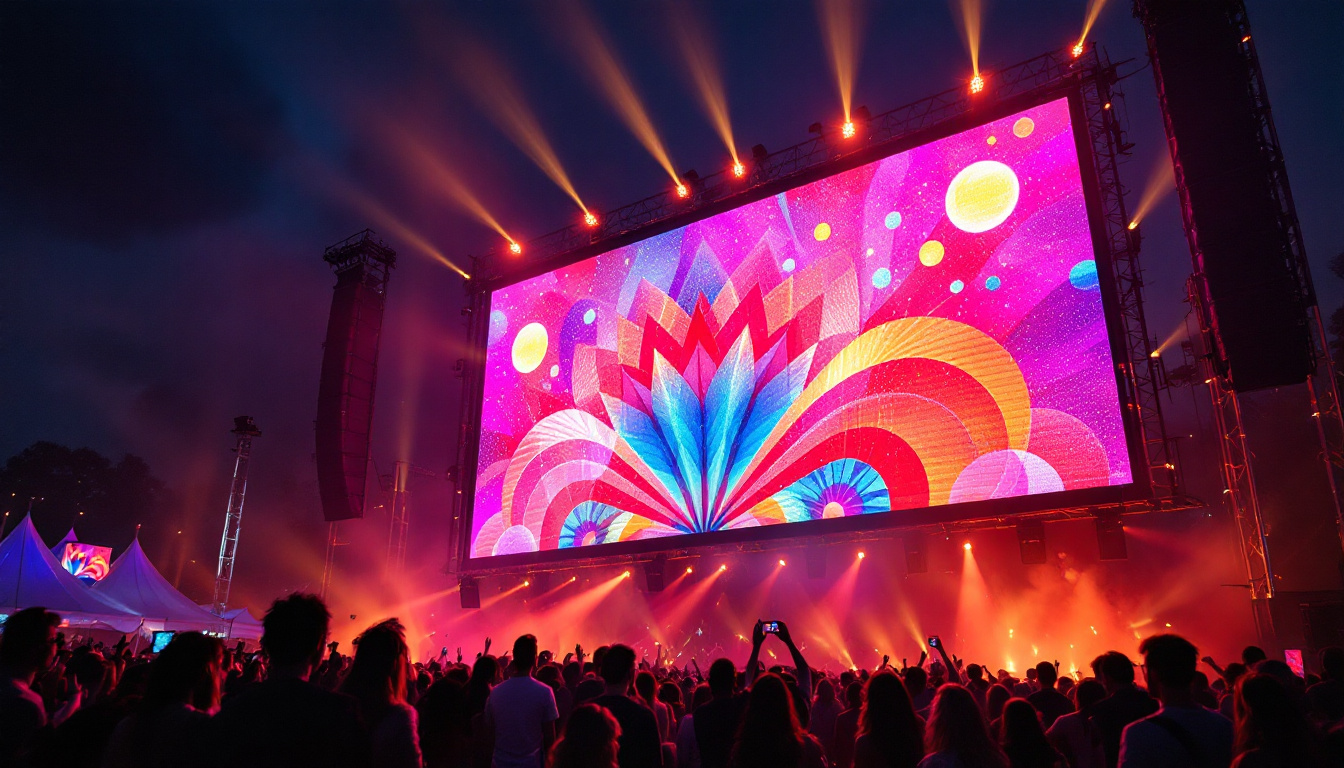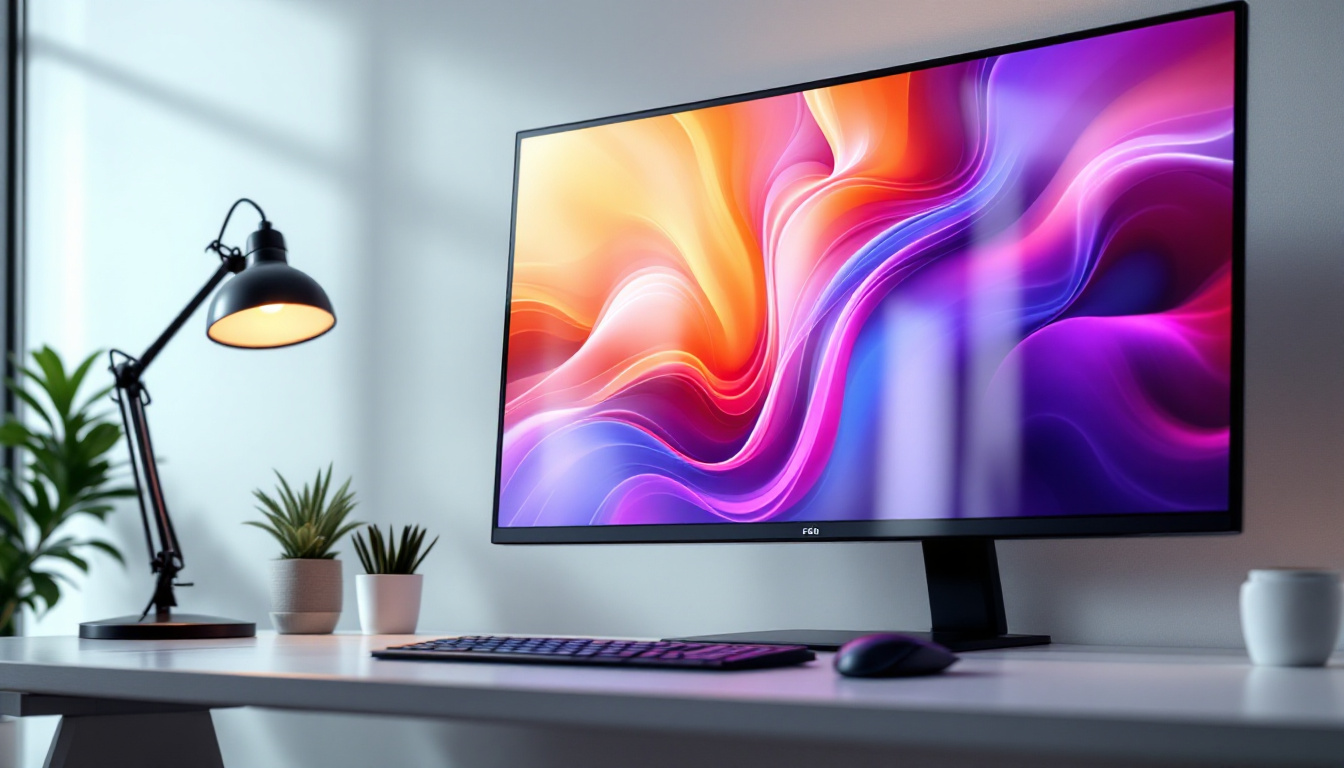In the modern world, the term “LED” has become ubiquitous, particularly in the realm of displays. From televisions to digital billboards, LED technology has revolutionized how we perceive visual content. But what does LED stand for, and how does it work? This article delves into the intricacies of LED displays, exploring their components, advantages, and applications.
Understanding LED: The Basics
LED stands for Light Emitting Diode. It is a semiconductor device that emits light when an electric current passes through it. The principle behind this technology is relatively simple, yet it has profound implications for various industries, particularly in display technology.
The Science Behind LEDs
At its core, an LED is made from a material called a semiconductor, which has properties between that of a conductor and an insulator. When electricity flows through the semiconductor, electrons recombine with holes (the absence of electrons) within the device, releasing energy in the form of photons—this is the light we see.
The color of the emitted light depends on the energy bandgap of the semiconductor material used. For example, different materials will produce different colors, ranging from red to blue and even ultraviolet. This versatility in color production allows for a wide range of applications, from simple indicator lights to complex display systems that can render millions of colors with stunning clarity.
Types of LEDs
LEDs come in various types, each suited for specific applications. The most common types include:
- Standard LEDs: Used in indicators and simple displays.
- High-Power LEDs: Employed in lighting applications, such as streetlights and automotive headlights.
- Organic LEDs (OLEDs): Known for their flexibility and superior color quality, often used in high-end displays.
In addition to these common types, there are also specialized LEDs designed for niche applications. For instance, Ultraviolet (UV) LEDs are increasingly used in sterilization processes, as they can effectively kill bacteria and viruses. Similarly, Infrared (IR) LEDs are vital in remote control technologies and night vision devices, allowing for seamless communication and visibility in low-light conditions. The continuous innovation in LED technology is driving down costs while improving efficiency, making them an attractive option for a wide range of industries, from consumer electronics to horticulture.
Moreover, the environmental impact of LEDs is significant. Compared to traditional incandescent bulbs, LEDs consume far less energy and have a longer lifespan, which translates to reduced waste and lower electricity bills for consumers. As more industries and households make the switch to LED lighting, the cumulative effect on energy conservation and carbon footprint reduction becomes increasingly important in the context of global sustainability efforts.
The Evolution of LED Displays
LED technology has evolved significantly since its inception. Initially, LEDs were used primarily as indicator lights. However, advancements in technology have allowed for the development of LED displays that are brighter, more energy-efficient, and capable of producing high-quality images.
From Simple Indicators to Complex Displays
The first LED displays were simple numeric displays used in calculators and clocks. As technology progressed, multi-segment displays emerged, allowing for more complex information to be shown. The introduction of RGB (Red, Green, Blue) LEDs paved the way for full-color displays, enabling a vibrant and dynamic visual experience. This transition marked a significant turning point, as it opened the door for innovative applications in various fields, including automotive lighting, signage, and even decorative art installations. The flexibility of LED technology allowed designers to experiment with shapes and sizes, leading to the creation of eye-catching displays that could be customized for specific environments.
High-Definition and 4K Displays
With the advent of high-definition (HD) and 4K technology, LED displays have become even more sophisticated. These displays utilize millions of tiny LEDs to create sharp, detailed images, making them ideal for televisions, computer monitors, and large-scale advertising screens. The increased pixel density in 4K displays has transformed the viewing experience, allowing for more immersive content consumption. Additionally, advancements in color calibration and contrast ratios have enabled LED displays to produce richer colors and deeper blacks, significantly enhancing the overall visual quality. This leap in technology has not only improved home entertainment systems but has also revolutionized industries such as gaming, where realistic graphics play a crucial role in user engagement. Furthermore, the integration of smart technology into LED displays has paved the way for interactive features, allowing users to engage with content in new and exciting ways.
Advantages of LED Displays
LED displays offer numerous advantages over traditional display technologies, such as LCD and CRT. Understanding these benefits can help consumers and businesses make informed decisions when selecting display solutions.
Energy Efficiency
One of the most significant advantages of LED displays is their energy efficiency. LEDs consume significantly less power compared to traditional lighting technologies. This not only reduces electricity bills but also contributes to a lower carbon footprint. Moreover, the reduced energy consumption of LED displays aligns with global sustainability efforts, encouraging businesses to adopt greener practices and technologies. As more organizations prioritize environmental responsibility, the shift to energy-efficient displays becomes not just a financial decision but also a commitment to a more sustainable future.
Longevity and Durability
LEDs have an impressive lifespan, often lasting up to 50,000 hours or more. This longevity reduces the need for frequent replacements, making them a cost-effective solution in the long run. Additionally, LED displays are more durable and resistant to shock and vibration, making them suitable for a wide range of environments. This resilience is particularly beneficial in industrial settings or outdoor installations where displays are exposed to harsh weather conditions. The robust nature of LED technology ensures that businesses can rely on their displays for consistent performance, minimizing downtime and maintenance costs.
Brightness and Color Quality
LED displays are known for their exceptional brightness and color quality. They can produce vibrant colors and maintain visibility even in bright ambient light conditions. This makes them ideal for outdoor advertising and public displays, where visibility is crucial. Furthermore, the ability of LED technology to produce a wide color gamut allows for more accurate and captivating visuals, enhancing the viewer’s experience. This capability is particularly important in applications such as digital signage and entertainment, where engaging visuals can significantly impact audience attention and retention. As a result, businesses utilizing LED displays can create more dynamic and appealing content that resonates with their target audiences.
Applications of LED Displays
LED displays are used in various applications across different industries. Their versatility and high performance make them suitable for both commercial and consumer use.
Television and Home Entertainment
In the realm of home entertainment, LED televisions have become the standard. With their ability to produce sharp images and vibrant colors, they have largely replaced older technologies like CRT and plasma displays. Many consumers now prefer LED TVs for their superior viewing experience and energy efficiency.
Advertising and Signage
LED displays are widely used in advertising, particularly in billboards and digital signage. These displays can be programmed to show dynamic content, making them more engaging than static signs. Businesses can update their advertisements in real-time, allowing for timely promotions and announcements.
Sports Venues and Events
In sports venues, LED displays play a crucial role in enhancing the spectator experience. Large LED screens are often used to show live action, replays, and advertisements, ensuring that fans remain engaged throughout the event. Their brightness and clarity make them ideal for outdoor stadiums, where visibility can be challenging.
Challenges and Considerations
Despite their many advantages, LED displays also come with certain challenges that need to be addressed. Understanding these challenges can help businesses and consumers make better choices when investing in LED technology.
Initial Cost
While LED displays offer long-term savings due to their energy efficiency and longevity, the initial investment can be relatively high compared to traditional display technologies. This upfront cost may deter some businesses from making the switch to LED, despite the potential for savings over time.
Heat Generation
LEDs generate heat during operation, which can affect performance and longevity if not properly managed. Adequate cooling systems are essential, especially in large displays or installations where heat buildup could be significant. This adds another layer of complexity to the design and installation process.
The Future of LED Technology
The future of LED technology looks promising, with ongoing advancements aimed at improving performance and expanding applications. Innovations in materials and manufacturing processes are paving the way for even more efficient and versatile LED displays.
MicroLED and MiniLED Technologies
MicroLED and MiniLED technologies represent the next frontier in LED display evolution. MicroLEDs consist of tiny individual LEDs that can be arranged to form a display, offering incredible resolution and color accuracy. MiniLEDs, on the other hand, use smaller LED backlights to enhance contrast and brightness in LCD displays.
Integration with Smart Technology
As smart technology continues to advance, LED displays are increasingly being integrated with smart systems. This includes features like IoT connectivity, allowing for remote monitoring and control. Such integration can enhance user experience and provide valuable data for businesses.
Conclusion
LED technology has transformed the landscape of display solutions, offering a combination of energy efficiency, longevity, and superior image quality. As LED displays continue to evolve, they will undoubtedly play an even more significant role in various applications, from home entertainment to large-scale advertising. Understanding what LED stands for and how it works can empower consumers and businesses to make informed choices in a rapidly changing technological landscape.
In summary, LED displays are not just a passing trend; they represent a fundamental shift in how visual information is presented and consumed. As technology progresses, the potential for LED displays will only continue to grow, making them an integral part of our daily lives.
Discover the Future of Visual Experience with LumenMatrix
Ready to elevate your visual communication and captivate your audience like never before? Explore LumenMatrix’s comprehensive range of LED display solutions, where innovation meets excellence. From vibrant Indoor LED Wall Displays to dynamic Outdoor LED Wall Displays, and from versatile Vehicle LED Displays to sleek LED Poster Displays, LumenMatrix is at the forefront of transforming environments with mesmerizing digital signage. Whether you’re looking to engage fans with LED Sports Displays, make a statement with Floor LED Displays, or customize your message with Custom LED Displays, LumenMatrix has the cutting-edge technology to bring your vision to life. Experience the revolution in LED display technology and see how LumenMatrix’s All-in-One and LED Transparent Displays can make a profound impact on your brand visibility. Check out LumenMatrix LED Display Solutions today and join the visual revolution.

